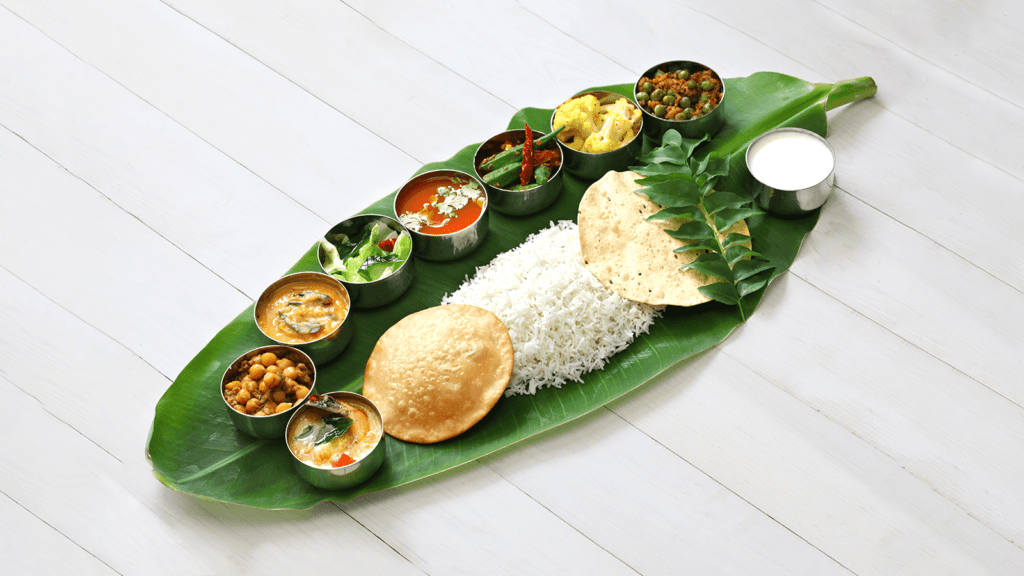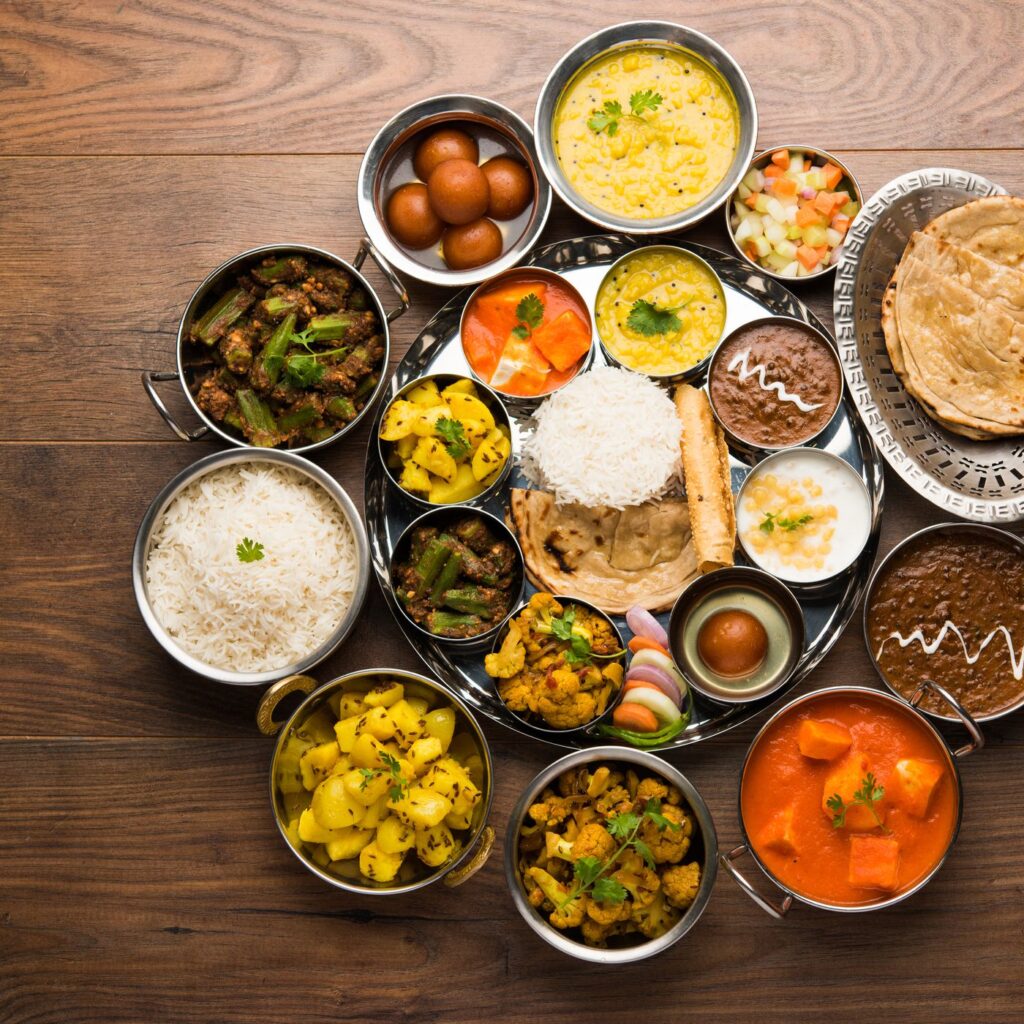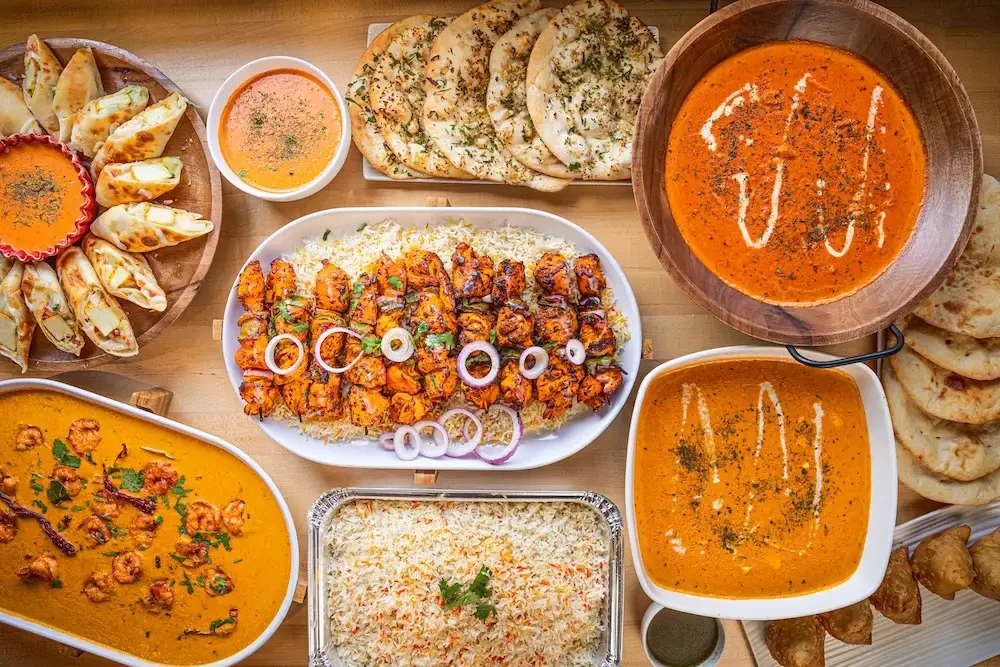India, a land of vibrant cultures and rich traditions, is also a treasure trove of diverse culinary delights. Each region offers a unique blend of flavors, spices, and ingredients that tell the story of its history, geography, and people. Join us on a culinary journey to explore the taste of India and discover the magic behind its beloved dishes.
The Spice Trail: The Heart of Indian Cuisine
The Role of Spices
Spices are the soul of Indian cuisine. From the fiery heat of red chili powder to the aromatic warmth of cumin and coriander, Indian cooking is a complex symphony of flavors. These spices not only add taste but also have medicinal properties. For instance, turmeric is known for its anti-inflammatory benefits, while fenugreek helps with digestion.
Regional Spice Variations
India’s vast geography results in varied spice profiles across its regions. Northern dishes often feature garam masala, a blend of ground spices like cinnamon, cloves, and cardamom. In contrast, Southern cuisine is characterized by the use of mustard seeds, curry leaves, and coconut.
Regional Cuisines: A Diverse Palette
North Indian Cuisine
North Indian food is known for its rich and hearty dishes. Staples include wheat-based bread like naan and roti, along with fragrant basmati rice. Signature dishes include butter chicken, tandoori chicken, and biryani. Dairy products like paneer (cottage cheese) and ghee (clarified butter) are also prevalent in this region.
South Indian Cuisine

Southern India boasts a variety of rice-based dishes, such as dosa, idli, and sambar. Coconut is a key ingredient, used in both savory and sweet dishes. The food here is often spicier, with the liberal use of red chilies and black pepper. Popular dishes include masala dosa, a savory pancake filled with spiced potatoes, and fish curry.
Eastern Indian Cuisine
The cuisine of Eastern India, including Bengal and Odisha, is known for its subtle yet distinct flavors. Mustard oil is commonly used, imparting a unique taste to the dishes. Fish and seafood are integral to the diet, with dishes like macher jhol (fish curry) and chingri malai curry (prawn curry) being local favorites. Sweets like rasgulla and sandesh are also famous worldwide.
Western Indian Cuisine
Western India, encompassing states like Maharashtra, Gujarat, and Rajasthan, offers a variety of flavors. Gujarati cuisine is predominantly vegetarian, featuring dishes like dhokla and thepla. Rajasthani food is rich and spicy, with specialties like dal baati churma and laal maas (spicy mutton curry). Maharashtra, with Mumbai as its culinary hub, is known for street foods like vada pav and pav bhaji.
Street Food: A Burst of Flavor
Indian street food is a culinary adventure in and of itself. Each city has its own specialties that reflect its culture and history.

Popular Street Foods
Pani Puri: Hollow crispy puris filled with spicy tamarind water, potatoes, and chickpeas.
Chaat: A tangy and spicy snack made with fried dough, potatoes, chickpeas, and yogurt.
Kathi Roll: A wrap filled with spiced meat or vegetables, originating from Kolkata.
Dabeli: A spicy potato mixture stuffed in a bun, garnished with pomegranate and peanuts, from Gujarat.
Desserts: A Sweet Ending
Indian desserts are as diverse as its savory dishes, often featuring milk, sugar, and nuts.
Iconic Sweets
Gulab Jamun: Deep-fried milk balls soaked in sugar syrup.
Jalebi: Deep-fried spirals soaked in saffron-flavored syrup.
Kheer: A creamy rice pudding flavored with cardamom and saffron.
Ladoo: Sweet balls made from gram flour, ghee, and sugar.
Final Words
Exploring the taste of India is like embarking on a journey through its history, culture, and geography. Each dish tells a story, each spice holds a secret, and each bite offers a new experience. Whether you’re a food enthusiast or a curious traveler, India’s culinary landscape promises to captivate your senses and leave you craving for more.
FAQs
1. What are the essential spices in Indian cooking?
Essential spices include turmeric, cumin, coriander, garam masala, and chili powder. These spices form the base of many Indian dishes.
2. What is the difference between North and South Indian cuisine?
North Indian cuisine is wheat-based with rich, creamy dishes, while South Indian cuisine is rice-based, spicier, and often uses coconut.
3. Are all Indian dishes spicy?
Not all Indian dishes are spicy. The level of spiciness varies by region and individual preferences. There are plenty of mild and flavorful options.
4. What is a typical Indian breakfast?
Typical Indian breakfasts vary by region but may include dishes like idli, dosa, paratha, and poha, often accompanied by chutneys and sambar.
5. Can Indian cuisine accommodate vegetarians?
Yes, Indian cuisine offers a vast array of vegetarian dishes, with many regions having a predominantly vegetarian diet.













